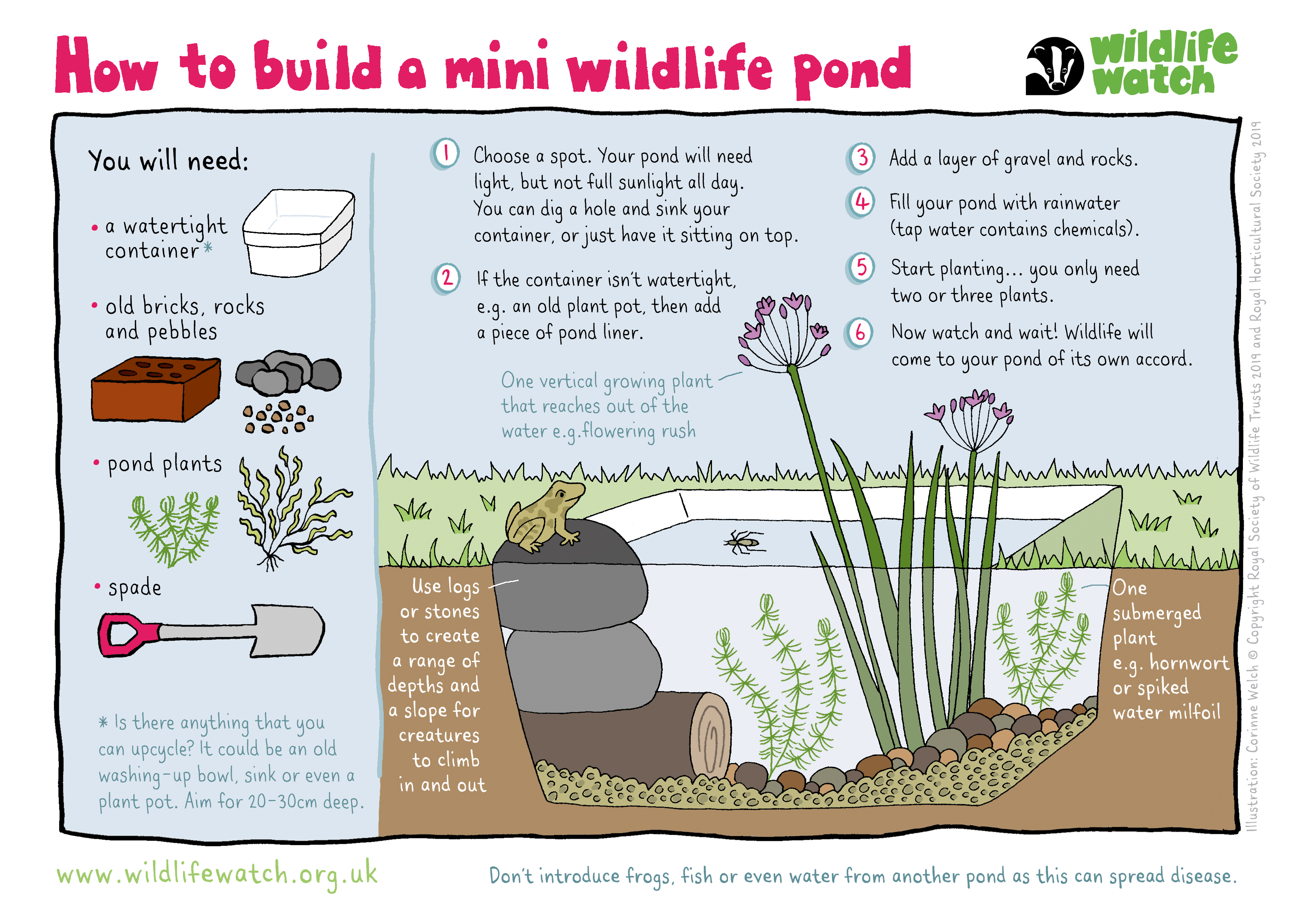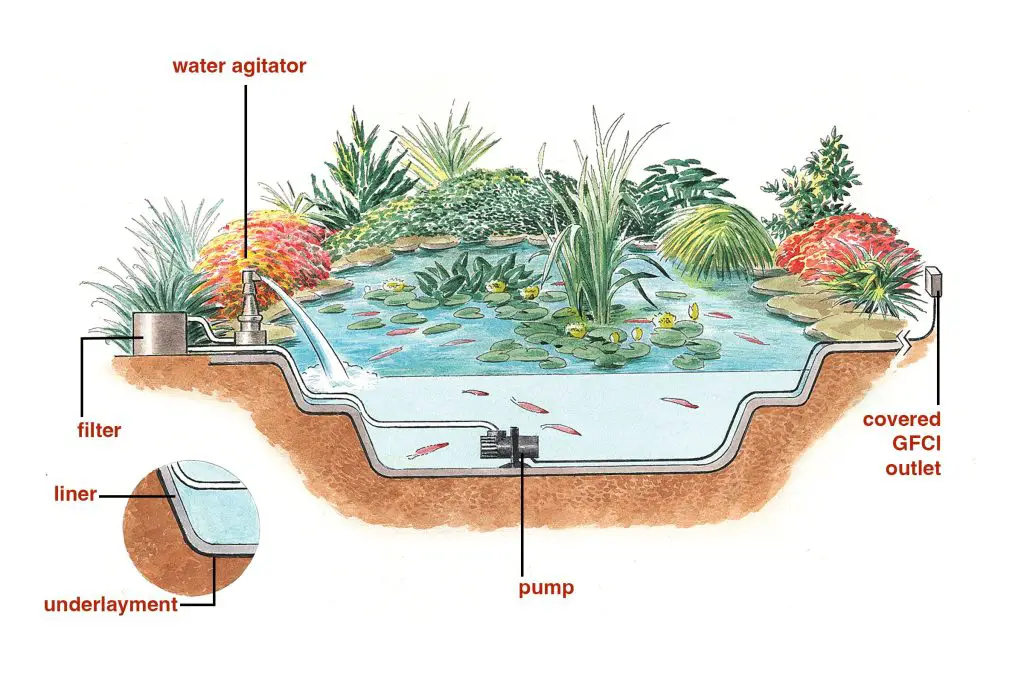Creating a pond is a great way to add visual interest and improve the overall health of your landscape. Whether you’re looking to attract wildlife, grow aquatic plants, or simply create a peaceful retreat, a pond is a great addition to any backyard. In this guide, we’ll walk you through the steps to create your own pond, from planning and design to installation and maintenance.

Credit: m.youtube.com
Step 1: Planning and Design
The first step in creating a pond is to plan and design your pond. This involves selecting the location, size, and shape of your pond, as well as determining the type of pond you want to create.
Location
When selecting the location for your pond, it’s important to consider factors such as sun exposure, drainage, and proximity to trees and other vegetation. You’ll want to choose a location that gets at least six hours of sunlight per day, as this is necessary for healthy plant growth. You’ll also want to ensure that the site has good drainage and is not located in a low-lying area where water may accumulate.
Size And Shape
The size and shape of your pond will depend on your available space and personal preferences. Generally, a pond should be at least 6 feet by 8 feet in size, and should be no more than 2 feet deep. A kidney-shaped or oval pond is a popular choice, as it provides a naturalistic look and allows for a variety of plant and animal species.
Type Of Pond
There are several types of ponds to choose from, each with its own benefits and drawbacks. Some popular types of ponds include:
- Ecological pond: A pond that is designed to mimic a natural ecosystem, with a balance of plants, fish, and other aquatic life.
- Koi pond: A pond that is specifically designed for keeping koi fish, with a deeper depth and high-quality filtration system.
- Water garden: A pond that is designed for growing aquatic plants, with a variety of water lilies, lotus, and other plant species.
Step 2: Excavation
Once you have designed your pond, the next step is to excavate the area. This involves digging a hole to the desired size and shape of your pond. You can do this with a shovel or rent a backhoe if you have a larger pond. It’s important to ensure that the sides of the pond are sloped gradually, as this will prevent erosion and allow easy access for maintenance.
Step 3: Liner Installation
After excavation, the next step is to install the pond liner. There are several types of liners to choose from, including EPDM rubber, PVC, and HDPE. EPDM rubber is the most popular choice, as it is durable, flexible, and easy to install. To install the liner, simply spread it out over the excavation site, making sure to leave extra material around the edges to allow for anchoring and trimming.
Step 4: Filtration and Circulation
Once the liner is installed, the next step is to install a filtration and circulation system. This will help keep your pond clean and healthy, and will prevent the buildup of algae and other unwanted substances. A basic filtration system includes a pump, filter, and UV clarifier, which work together to circulate and clean the water.
Step 5: Plant and Animal Life
After your pond is installed and the filtration system is in place, it’s time to add plant and animal life. This includes aquatic plants, fish, and other aquatic species. When selecting plant and animal life, be sure to choose species that are appropriate for your climate and the size of your pond. You’ll also want to ensure that the species you choose are compatible with each other, and that they are introduced gradually to prevent stress and disease.
Step 6: Maintenance
Maintaining your pond is an important part of ensuring its long-term health and beauty. This includes regular cleaning and maintenance of the filtration system, as well as monitoring water quality and adjusting the pH and nutrient levels as needed. You’ll also want to remove any dead leaves, debris, or other organic matter that may accumulate in the pond.

Credit: www.wildlifetrusts.org
Conclusion
Creating a pond is a fun and rewarding project that can add value and beauty to your home. By following these steps and taking the time to plan and design your pond properly, you can create a beautiful and healthy aquatic environment that will provide years of enjoyment and relaxation.





